Photo Gallery for Macrosaccus robiniella - No common name | 41 photos are available. Only the most recent 30 are shown.
|
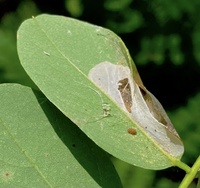 | Recorded by: Ken Kneidel on 2023-10-14
Burke Co.
Comment: | 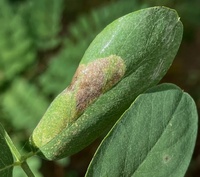 | Recorded by: Ken Kneidel on 2023-10-14
Burke Co.
Comment: |
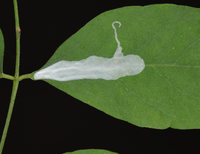 | Recorded by: Jim Petranka, Becky Elkin and Bo Sullivan on 2023-08-09
Ashe Co.
Comment: | 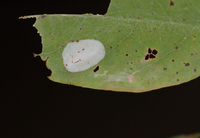 | Recorded by: Jim Petranka, Becky Elkin and Bo Sullivan on 2023-08-08
Wilkes Co.
Comment: |
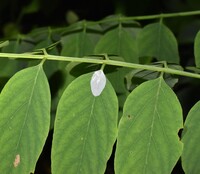 | Recorded by: David George, Stephen Dunn, Jeff Niznik on 2023-07-31
Macon Co.
Comment: | 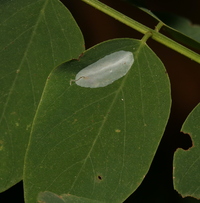 | Recorded by: David George, Stephen Dunn, Jeff Niznik on 2023-07-31
Swain Co.
Comment: |
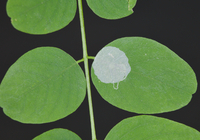 | Recorded by: Jim Petranka and Becky Elkin on 2022-09-13
Rutherford Co.
Comment: | 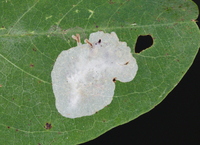 | Recorded by: Jim Petranka and Becky Elkin on 2022-08-25
Clay Co.
Comment: |
 | Recorded by: Jim Petranka and Becky Elkin on 2022-08-24
Macon Co.
Comment: | 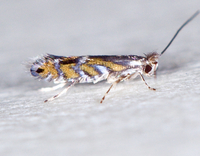 | Recorded by: Jim Petranka on 2022-08-18
Buncombe Co.
Comment: An adult that was reared from a mine on Black Locust. |
 | Recorded by: Jim Petranka and John Petranka on 2022-08-09
Watauga Co.
Comment: | 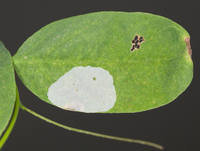 | Recorded by: Jim Petranka on 2022-08-01
Madison Co.
Comment: |
 | Recorded by: Jim Petranka on 2022-07-08
Buncombe Co.
Comment: |  | Recorded by: Jim Petranka on 2022-06-19
Mitchell Co.
Comment: Adult was reared from a mine on Black Locust; mines on June 5; two adults emerged on June 19. |
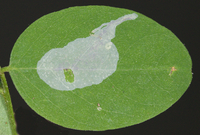 | Recorded by: Jim Petranka on 2022-06-05
Mitchell Co.
Comment: | 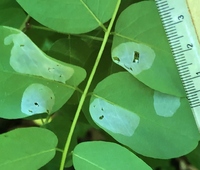 | Recorded by: Ken Kneidel on 2022-05-30
Mecklenburg Co.
Comment: |
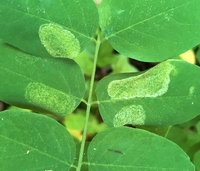 | Recorded by: Ken Kneidel on 2022-05-30
Mecklenburg Co.
Comment: | 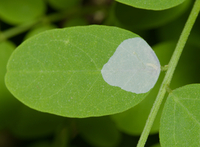 | Recorded by: Jim Petranka and Becky Elkin on 2022-05-02
Polk Co.
Comment: |
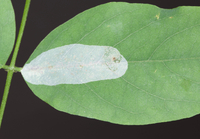 | Recorded by: Jim Petranka and Becky Elkin on 2021-09-12
Madison Co.
Comment: |  | Recorded by: Jim Petranka and Becky Elkin on 2021-09-03
Madison Co.
Comment: |
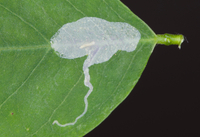 | Recorded by: Jim Petranka and Becky Elkin on 2021-09-02
Madison Co.
Comment: |  | Recorded by: Jim Petranka and Becky Elkin on 2021-08-26
Yancey Co.
Comment: An upper-surface mine on Black Locust. |
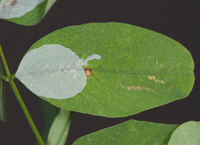 | Recorded by: Jim Petranka and Becky Elkin on 2021-08-26
Yancey Co.
Comment: An upper-surface mine on Black Locust. | 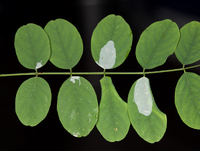 | Recorded by: Jim Petranka and Becky Elkin on 2021-07-23
Graham Co.
Comment: Upper-surface mines on Black Locust. |
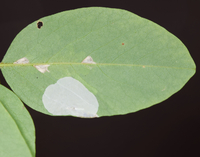 | Recorded by: jim Petranka and Becky Elkin on 2021-07-09
Swain Co.
Comment: |  | Recorded by: Jim Petranka, Steve Hall and Bo Sullivan on 2021-06-16
Scotland Co.
Comment: Two adults were reared from mines collected from Robinia nana (see companion images of mines from 2021-06-07. |
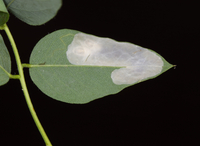 | Recorded by: Jim Petranka, Steve Hall and Bo Sullivan on 2021-06-07
Scotland Co.
Comment: Occupied and unoccupied mines were common on Robinia nana. | 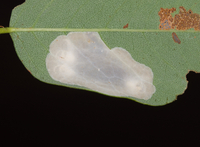 | Recorded by: Jim Petranka, Steve Hall and Bo Sullivan on 2021-06-07
Scotland Co.
Comment: Occupied and unoccupied mines were common on Robinia nana. |
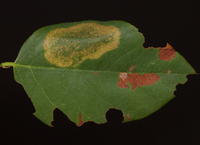 | Recorded by: Jim Petranka, Steve Hall and Bo Sullivan on 2021-06-07
Scotland Co.
Comment: Occupied and unoccupied mines were common on Robinia nana. | 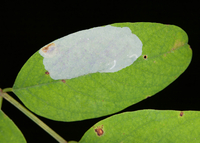 | Recorded by: Jim Petranka on 2020-09-15
Yancey Co.
Comment: An upper-surface occupied mine on Black Locust with two larvae. |
|